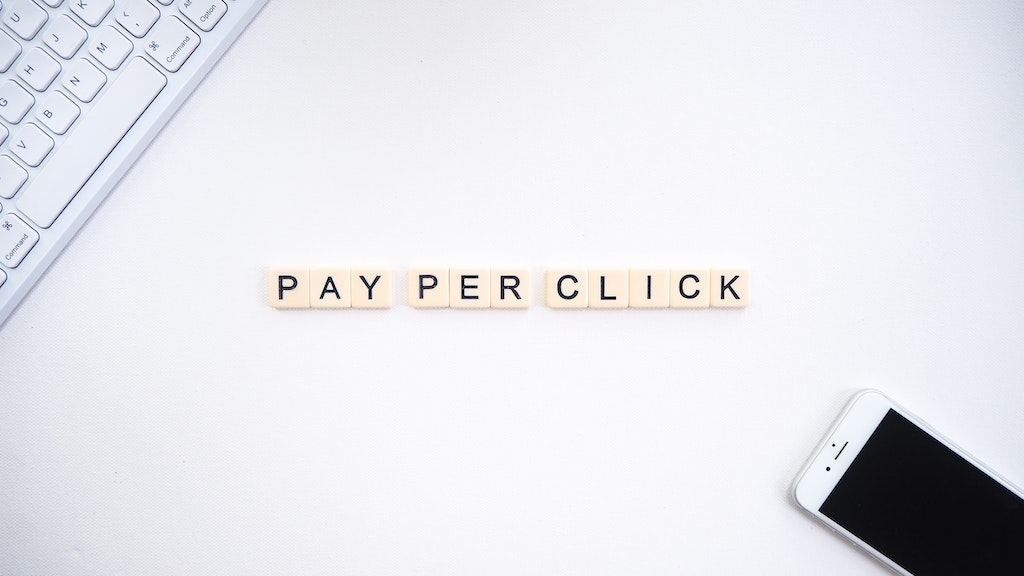As a business owner just getting started with online marketing, you have most likely run into the term PPC at least a few times. On the surface, though, it can appear complicated, as with many foreign terms. We hope to clarify what PPC is in this article by giving you everything you need to know about it and how you can utilize it to construct the ideal online marketing strategy. Below is a summary of everything you need to know about PPC advertising.
What Is PPC (Pay Per Click) Advertising?
PPC (pay per click) advertising is a type of online marketing whereby the advertiser receives a payment each time their ad is clicked. Each keyword has a bid amount, with the slot going to the highest bidder.
PPC is the most common form of search engine advertising, while it is now also present on a variety of social media sites. The goal of this sort of advertising is to inadvertently direct potential buyers to the advertiser’s product, website, or other landing pages in the hopes of generating sales or awareness.
Pay-per-click advertising can be divided into two types:
- Search advertising (SERP) consists of advertising that appears on search engine result pages.
- Ads that appear as graphics, videos, or paid postings on social media feeds and other third-party websites are known as display advertising.
How Does PPC Ads Work?
Paid search is based on a platform that auctions off ad slots. Each ad space gets a certain term or phrase combination that the searcher has typed in. Various advertisers will bid for specific keywords in auctions, with one successful business winning the ad space. When a user conducts a search relating to the keyword on which the advertiser successfully bid, their ad will appear.
When attempting to obtain an ad spot, users can consider several parameters to determine which bidder is successful. The bid amount, ad quality, landing page quality, and historical CTR are among them. Other elements may come into play depending on the PPC campaign’s platform. These factors are referred to as the quality score on Google. Other platforms, on the other hand, may have their moniker.
Advertisers can also pick when, where, and to whom they want their adverts to display. Some platforms, such as Facebook, have comprehensive demographic choices that advertisers can use to further restrict their target population. Advertisers may target the most specific demographic imaginable, allowing them to stretch their ad spend and receive more bang for their buck.
Advertisers who operate larger campaigns will typically divide their ads into ad groups. This enables them to segment their campaigns based on keywords, displaying the most relevant ad, with the most relevant copy, for the best keyword. As a result, the most relevant advertisement reaches its intended audience.
PPC Benefits
- You simply have to pay for the visits you get. Advertisers in alternative advertising models pay a charge to have their ads aired, but they have no guarantee that they will generate results. There is a clear correlation between cost and performance with pay per click (visits).
- You have a wealth of information regarding the ad’s performance. The pay-per-click system provides the advertiser with detailed information on the advertisement’s performance, such as the number of impressions, clicks, and conversions.
- Possibilities for good optimization. With all of this information, determining whether or not an advertisement is effective and correcting course in real-time is a breeze. The best method is to make multiple variations of each ad and compare them to discover which ones perform the best. You will always obtain greater outcomes if you do it this way.
- Only the correct people can see the Adverts. You won’t waste a single click thanks to the numerous segmentation possibilities. Only the targeted users will see your Ad. Because a person who is a member of the target audience is more likely to click, this produces better results. The smaller the ad’s cost, the higher the percentage of clicks.
- You have complete control over your finances. PPC models allow you to set a daily budget cap, and some allow you to start with as little as one euro.
- You have complete control over where and when your ad appears. You can show your advertising on a variety of platforms and locations using the pay-per-click approach, and you can pick and choose which ones interest you.
Pay-Per-Click Advertising Examples
PPC is a payment strategy that isn’t tied to a specific site or area. As a result, you have a lot of alternatives when it comes to where you want your adverts to appear. The following are the most important:
-
PPC (Pay-Per-Click) Ads In Search Engines
Search engine advertising, also known as search engine marketing (SEM), allows you to display advertisements to consumers depending on the keywords they type into the search box (for example, “car-sharing in London”). The major search engines, such as Google and Bing, use an auction-based PPC approach.
-
Pay-Per-Click (PPC) Ads On Social Media
Pay-per-click alternatives are available on most social media advertising tools, such as Facebook Ads and Instagram Ads.
These ads are embedded in the user’s social media experience, either in the news section or in a side column. One of their key advantages is that they enable you to use the information that social media networks have about their users to launch highly segmented PPC advertising
-
- Because adverts are displayed on the first page of the search engine results page (SERP), or page one on Google, it is very noticeable. Being able to organically place your website there can take years of effort, but with ads, you can create your presence at a lower cost.
- It’s extremely effective because it targets consumers who want to fulfill a certain demand related to your products or services.
-
Display Ads On PPC
Finally, PPC is employed when a brand’s products and services, as well as the interests of its target audience, are advertised on websites.
If done correctly, these types of campaigns can be quite beneficial, but you must be careful not to fall into the trap of invasive advertising. It’s also worth noting that CTRs are typically far lower than in other sorts of ads, necessitating a broader audience.
The Most Popular Pay-Per-Click (PPC) Platforms
Although there are other platforms for pay-per-click advertising, the majority of marketers choose Google Ads for their PPC search ad campaigns.
The most prominent PPC search advertising supplier is Google Ads, previously Google AdWords.
Because the majority of people use Google to search, it’s a perfect location for paid search ads.
Other popular pay-per-click marketing companies include search engines and social media sites like:
- Bing Ads
- Facebook Ads
- Twitter Ads
- Promoted Pinterest Pins
- LinkedIn Ads
- Quora Ads
Many social media platforms employ a sort of display PPC advertising.
PPC Software And Tools
PPC advertisements are intricate and subtle animals. This necessitates extensive monitoring, analysis, and tracking. More than any single person is capable of. Thankfully, there are numerous PPC solutions available to help us manage our business demands. Here are some of the most effective PPC software applications available:
- Serpstat
- Ahrefs
- Google Keyword Planner
- Google Trends
- Wordstream
- HubSpot
- Adzooma
- Google Ads editor
- Bing Ads editor
- Facebook Ads manager
- Ad Espresso
- Hootsuite
Here are a few reasons why these tools are so beneficial:
- Analysis and reporting
- Tracking
- Scheduling
- General management and multi-platform support.
Final Thoughts
Understanding PPC, how it works, and how to develop your campaigns is only the tip of the iceberg when it comes to internet marketing. These fundamentals, on the other hand, should get you started and provide you with a platform to improve and refine your PPC campaigns as you go. No campaign will be ideal from the start, so make an effort to A/B test and alter your advertising regularly. This will ensure that they get as much traction as possible, while you gain a better understanding of PPC advertising’s more advanced capabilities.


